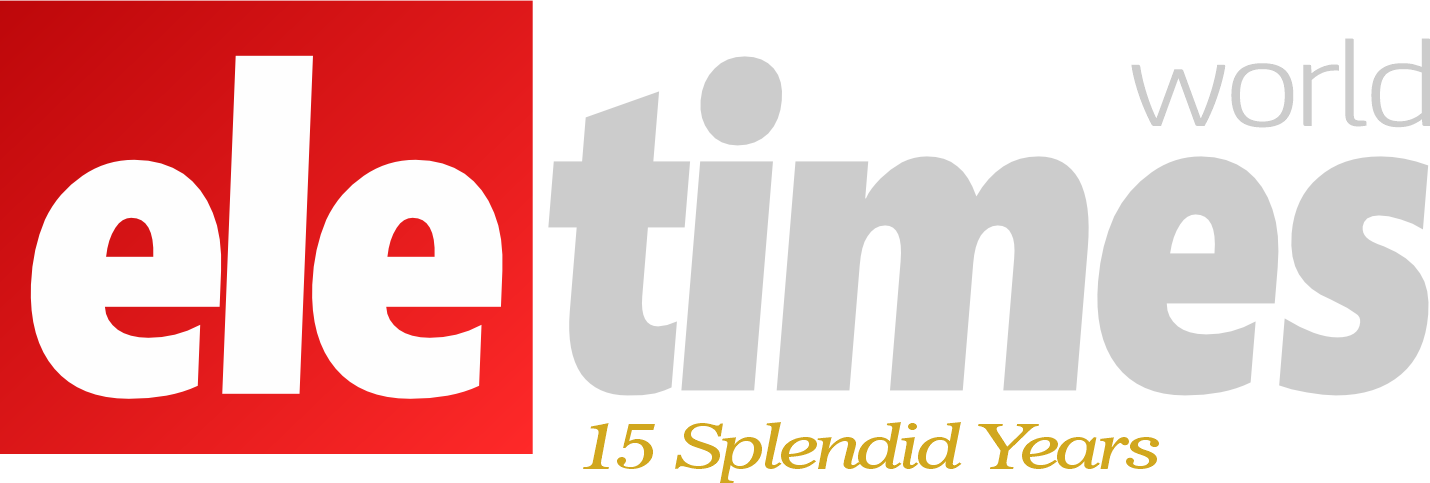Today’s world includes self-driving cars, voice assistants, recommendation engines, and even medical diagnoses thrive powered at their core by robust machine learning frameworks. Machine learning frameworks are the solution that really fuels all these intelligent systems. This article will delve into the definition and what it means to function as a machine learning framework, mention some popular examples, and review the top 10 ML frameworks.
A machine learning framework is a set of tools, libraries, and interfaces to assist developers and data scientists in building, training, testing, and deploying machine learning models.
It functions as a ready-made software toolkit, handling the intricate code and math so that users may concentrate on creating and testing algorithms.
Here is how most ML frameworks work:
- Data Input: You feed your data into the framework (structured/unstructured).
- Model Building: Pick or design an algorithm (e.g neural networks).
- Training: The model is fed data so it learns by adjusting weights via optimization techniques.
- Evaluation: Check the model’s accuracy against brand new data.
- Deployment: Roll out the trained model to implementation environments (mobile applications, website etc.)
Examples of Machine Learning Frameworks:
- TensorFlow
- PyTorch
- Scikit-learn
- Keras
- XGBoost
Top 10 Machine Learning Frameworks:
- TensorFlow
Google Brain created the open-source TensorFlow framework for artificial intelligence (AI) and machine learning (ML). It was created to make it easier to create, train and implement machine learning models especially deep learning models across several platforms by offering the necessary tools.
Applications supported by TensorFlow are diverse and include time series forecasting, reinforcement learning, computer vision and natural language processing.
- PyTorch
Created by Facebook AI Research, PyTorch is an eminent, yet beginner-friendly academic research framework. PyTorch uses dynamic computation graphs that provide easy debugging and testing. Being very flexible, it is mostly preferred while conducting deep learning work with a number of breakthroughs and research papers taking PyTorch as their primary framework.
- Scikit-learn
Scikit-learn is a Python library built upon NumPy and SciPy. It’s the best choice for classical machine learning algorithms like linear regression, decision trees, and clustering. It’s simple API with documented instructions for use makes it fit for handling small to medium-sized datasets when prototyping.
- Keras
Being a high-level API, Keras is tightly integrated into TensorFlow. More modern deep learning techniques promoted and supported from the interface deliver ease in realizing ML problems. Keras covers all the stages that an ML engineer goes through in the realization of a solution: data processing, hyperparameter tuning, deployment, etc. Its intention was to enable fast experimentation.
- XGBoost
XGBoost- Extreme Gradient Boosting-is an advanced machine-learning technique geared toward efficiency, speed, and utmost performance. It is a GBDT-based machine-learning library that is scalable and distributed. It is the best among the machine learning libraries for regression, classification, and ranking, offering parallel tree-boosting.
The understanding of the bases of machine learning and the methods on which XGBoost runs is important; these are supervised machine learning, decision trees, ensemble learning, and gradient boosting.
- LightGBM
LightGBM is an open-source high-performance framework and is also created by Microsoft. It is the technique on gradient boosting used in ensemble learning framework.
LightGBM is a fast gradient boosting framework that uses tree-based learning algorithms. It was developed in the product environment while keeping the requirements of speed and scalability in mind. Training times are much shorter, and the computer resources are fewer. Memory requirements are also less, making it suitable for resource-starved systems.
LightGBM will also, in many cases, provide better predictive accuracy because of its novel histogram-based algorithm and optimized decision tree growth strategies. It allows for parallel learning, distributed training on multiple machines, and GPU acceleration-to scale to massive datasets while maintaining performance
- Jax
JAX is an open-source machine learning framework based on the functional programming paradigm developed and maintained by Google. JAX stands for “Just Another XLA,” where XLA is short for Accelerated Linear Algebra. It is famous for numerical computation and automatic differentiation, which assist in the implementation of many machine learning algorithms. JAX, being a relatively new machine learning framework, is some way in providing features useful in realizing a machine learning model.
- CNTK
Microsoft Cognitive Toolkit (CNTK) is an open-source deep learning framework developed by Microsoft to implement efficient training of deep neural networks. It is scalable in training models across multiple GPUs and across multiple servers, especially good for large datasets and complex architectures. Weighing its flexibility, CNTK supports almost all classes of neural networks and is useful in many kinds of machine-learning tasks such as feedforward, convolutional, and recurrent networks.
- Apache Spark MLlib
Apache Spark MLlib is Apache Spark’s scalable machine learning library built to ease the development and deployment of machine learning apps for large datasets. It offers a rich set of tools and algorithms for various machine learning tasks. It is designed for simplicity, scalability and easy integration with other tools.
- Hugging Face Transformers
Hugging Face Transformers is an open-source framework specializing in deep learning paradigms developed by Hugging Face. It provides APIs and interfaces for the download of state-of-the-art pre-trained models. Following their download, the user can then fine-tune the model to best serve his or her purpose. The models perform usual tasks in all modalities, including natural language processing, computer vision, audio, and multi-modal. Hugging Face Transformers represent Machine Learning toolkits for NLP, trained on specific tasks.
Conclusion:
Machine learning frameworks represent the very backbone of modern AI applications. Whether a beginner or a seasoned pro building very advanced AI solutions, the right framework will make all the difference.
From huge players such as TensorFlow and PyTorch down to niche players such as Hugging Face and LightGBM, each framework claims certain virtues that it is best suited for in different kinds of tasks and industries.








